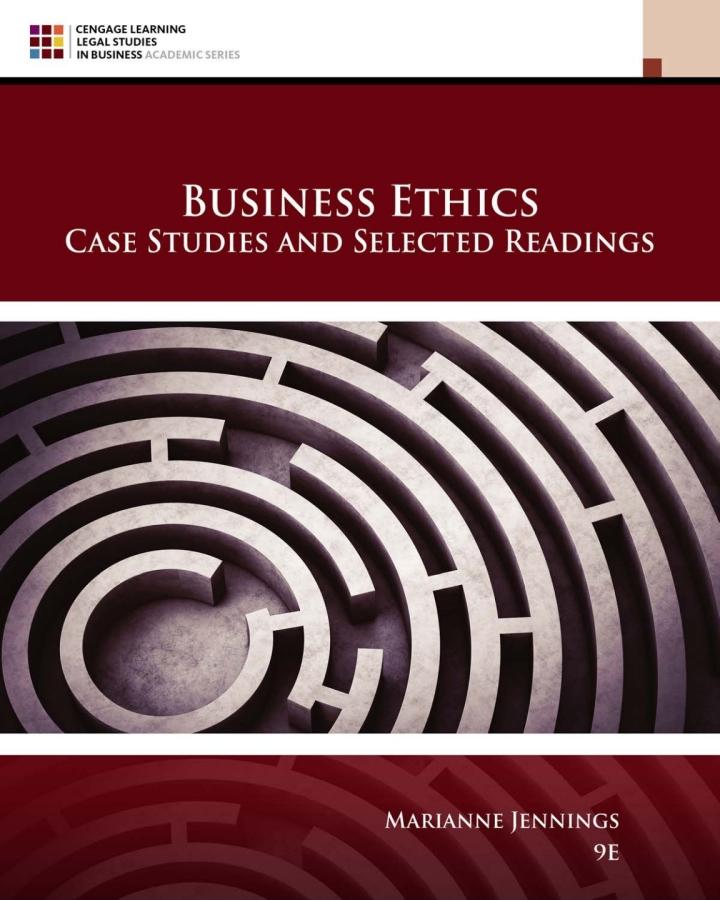In 1991, the California Department of Consumer Affairs began investigating Sears Auto Repair Centers. Sears' automotive unit,
Question:
In 1991, the California Department of Consumer Affairs began investigating Sears Auto Repair Centers. Sears' automotive unit, with 850 repair shops nationwide, generated 9% of the merchandise group's $19.4 billion in revenues. It was one of the fastest growing and most profitable divisions of Sears over the previous two years.
In the California investigation, agents posed as customers at 33 of the 72 Sears automotive repair shops located from Los Angeles to Sacramento. They found that they were overcharged 90% of the time by an average of $223. In the first phase of the investigation, the agents took 38 cars with worn-out brakes but no other mechanical problems to 27 Sears shops between December 1990 and December 1991. In 34 of the cases, the agents were told that their cars needed additional work. At the Sears shop in Concord, a San Francisco suburb, the agent was overcharged $585 to replace the front brake pads, front and rear springs, and control-arm bushings. Sears advertised brake jobs at prices of $48 and $58.14
In the second phase of the investigation, Sears was notified of the investigation, and 10 shops were targeted. In seven of those cases, the agents were overcharged. No springs and shocks were sold in these cases, but the average overcharge was $100 per agent.
Up until 1990, Sears had paid its repair center service advisors by the hour rather than by the amount of work. 15 But in February 1990, Sears instituted an incentive compensation policy under which employees were paid based on the amount of repairs customers authorized. 16 Service advisors also had to meet sales quotas on specific auto parts; those who did not meet the quotas often had their hours reduced or were assigned to work in other departments in the Sears stores. California regulators said the number of consumer complaints they received about Sears shops increased dramatically after the commission structure was implemented...........................
Discussion Questions
1. What temptations did the employee compensation system present?
2. If you had been a service advisor, would you have felt comfortable recommending repairs that were not immediately necessary but would be eventually?
3. A public relations expert has said of the Sears debacle: "Don't make the Sears mistake. When responding to a crisis, tell the public what happened and why. Apologize with no crossed fingers. Then say what you're going to do to make sure it doesn't happen again." 31 What are the ethical standards in this public relations formula?
Step by Step Answer:

Business Ethics Case Studies And Selected Readings
ISBN: 9780357453865
9th Edition
Authors: Marianne M. Jennings





